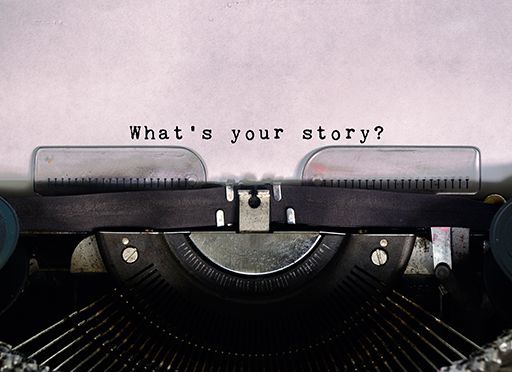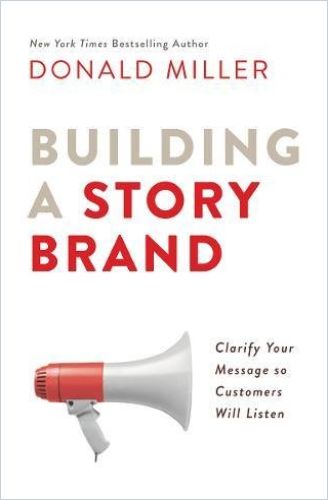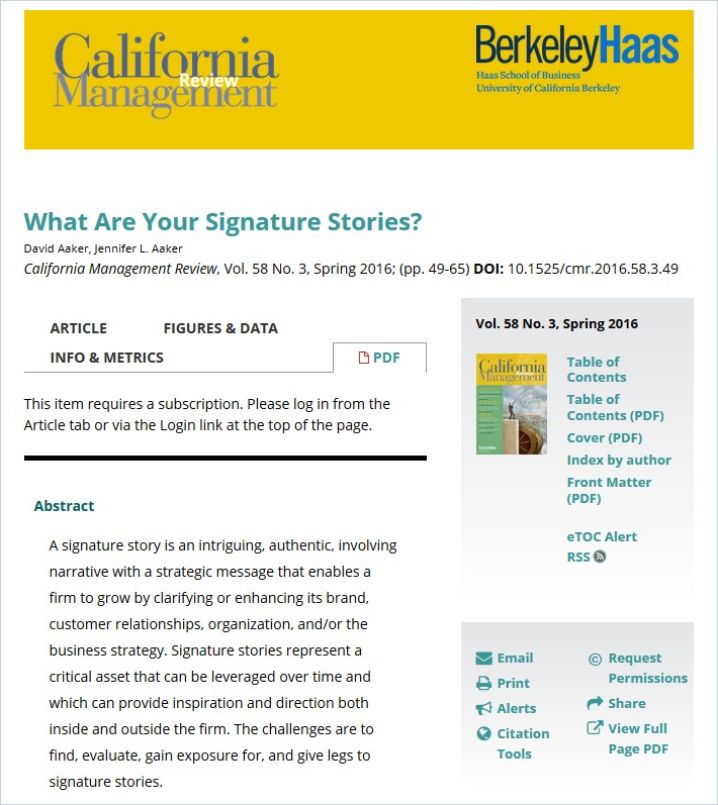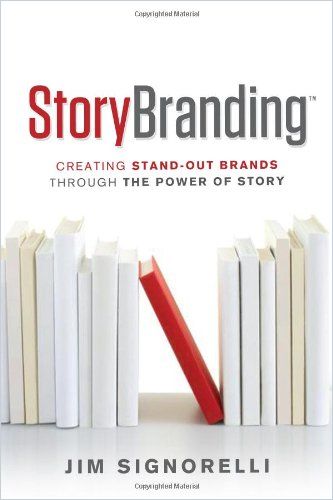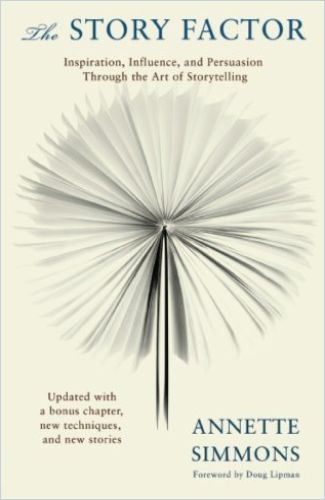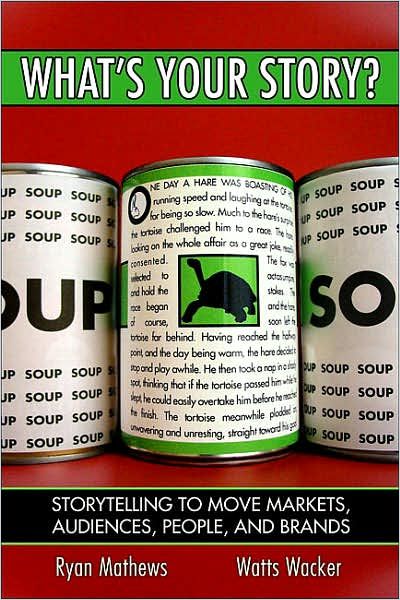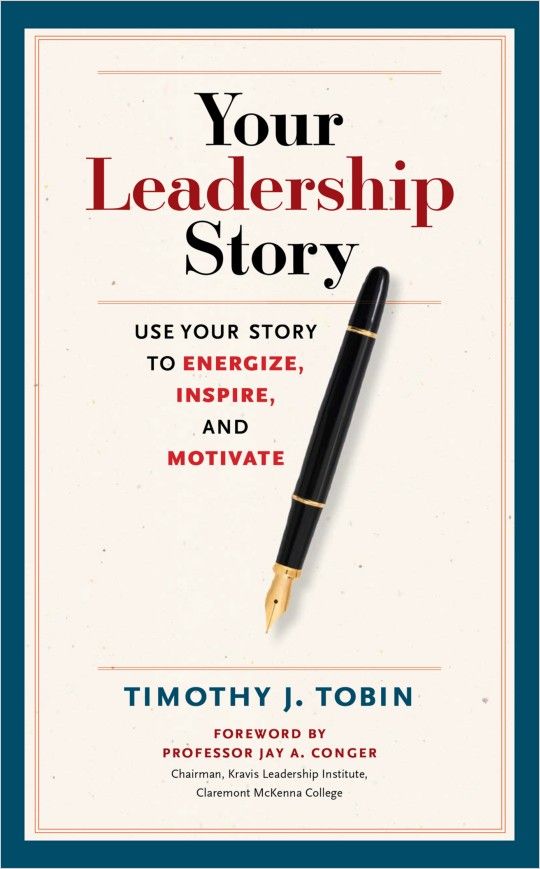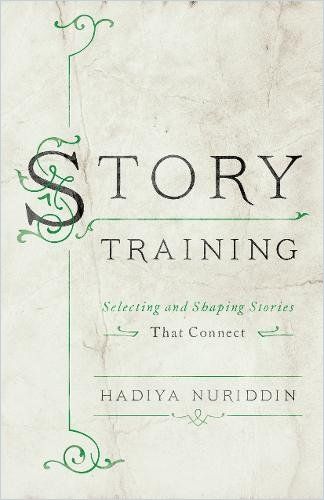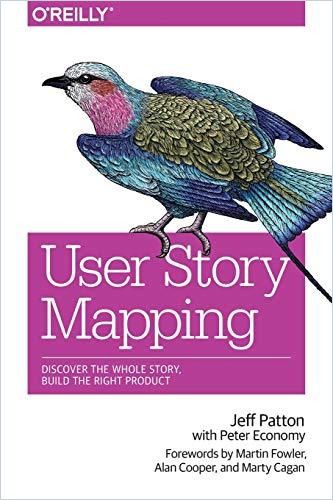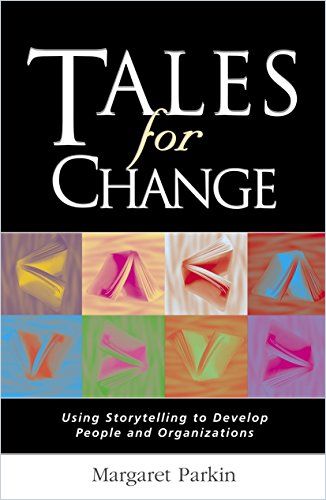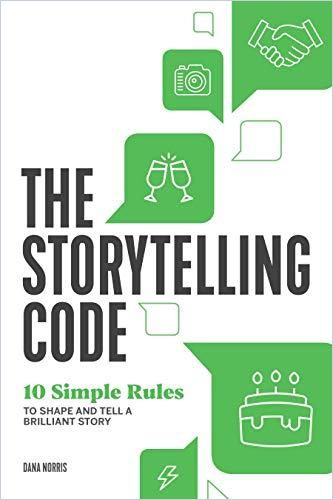Tell Them a Story They Can’t Resist

Everybody loves a good story. There’s a sound reason for that. The human brain is literally hardwired for story. Story, as Will Storr points out in The Science of Storytelling, is the “lingua franca” of the brain. The brain naturally pieces together chaotic reality into a narrative that gives it order. Research shows that telling stories is a basic “neurobiological function,” lighting up particular neuronal circuits when people tell or listen to stories. As you practice telling stories, your brain helps you improve your ability to tell them.
1. Once Upon a Time…There Was a Beginning, a Middle and an End
Storytelling teacher Murray Nossel coaches executives in the art of storytelling. In Powered by Storytelling, he says stories are the most intuitive and natural way for humans to communicate, as people have been swapping stories since the beginning of time. Good storytelling begins with careful listening, because understanding where your listeners are and how to get through to them is the heart of true communication. Story fundamentals dictate every story has a beginning, an “emotional turning point” and an end.
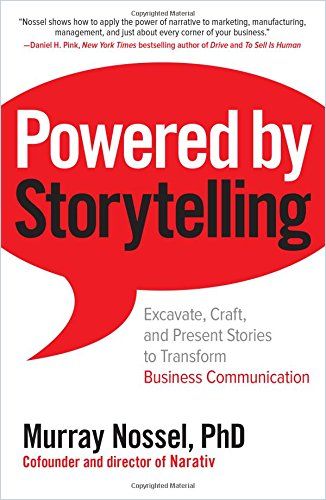
Performance is an important part of effective storytelling. Include sensory elements in your tale and incorporate movement and gestures to add drama. All of this aids in building an emotional connection to your audience.
Storytelling joins the head to the heart – it brings to life with emotional power the data, facts and figures embedded in concepts such as cost-benefit analysis.
Murray Nossel
2. Storytelling Cuts Through Marketing Noise to Claim Your Audience’s Attention.
Robert McKee, a world-renowned expert on story structure, and Tom Gerace, who wrote Storynomics, recognize that traditional advertising is being replaced by storytelling. Stories that appeal to listeners’ curiosity and empathy, that hook them emotionally and carry them along a narrative to an emotional payoff at the end are what grabs their attention.
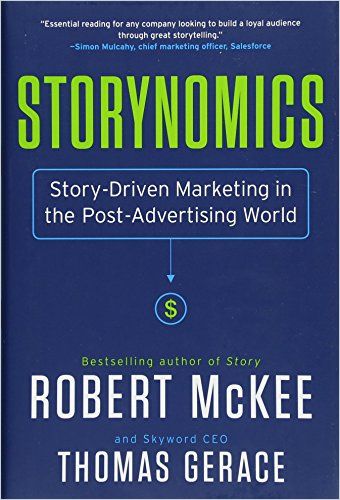
McKee and Gerace outline an eight-step method to develop an effective narrative for brands, with a company’s chief marketing officer as the “showrunner.” In the “purpose-told” story, audiences buy products to enact a brand’s story in their own lives. In other stories, the consumer substitutes themselves for the brand protagonist. Use relevant metrics such as engagement, audience composition and organic reach to evaluate your story’s success.
Consumer-centric storytelling marks a positive evolution in world commerce – so long as the tellings are creatively compelling, pander-free, and, most importantly, honest. Millennial and generation Z consumers detest BS.
Robert McKee and Tom Gerace
Authors of Brand Elevation Wolfgang Schaefer and JP Kuehlwein say businesses must go beyond telling stories to incorporating a “brand myth.” This adds a mystique that customers unconsciously identify with, whether you’re embracing hero technologists such as Elon Musk inventing the future or the sustainability consciousness of the Burt’s Bees brand. Successful brands incorporate aspects of this myth in their every design to differentiate themselves from competitors.
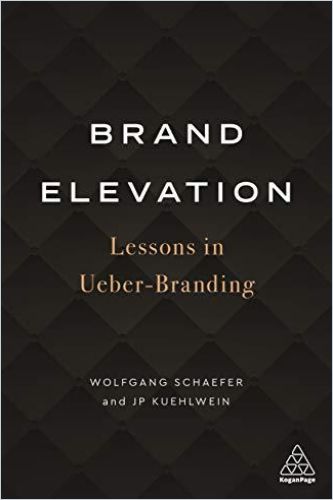
For Ueber-Brands, the product or service isn’t simply proof of promise, it’s the manifestation of their ideal or dream.
Wolfgang Schaefer and JP Kuehlwein
3. Boost Your Sales with Story
Story dynamics also improve sales, writes Neuroselling author Jeff Bloomfield. Wrap your pitch in a story, because that makes it easier for your prospect to hear and to envision your solution working for them. Stories create a shortcut to the “feeling brain,” the part of the brain that makes choices, which the conscious mind then looks for reasons to justify.
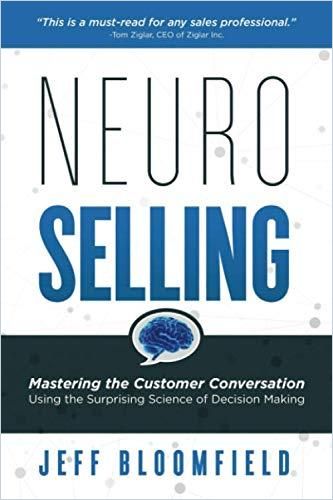
Establishing trust is most essential to the process of “neuroselling.” Telling a “why” story about who you are and your personal journey shows your willingness to be open. Start with this, or a similar “personal story,” then progress through other stories including:
- “The prospect story” so your prospect knows you understand their business.
- “The prospect problem” so your prospect knows you understand their pain points.
- “The product or solution story” illustrates how your offer can solve their problem.
- “The proof story” to illustrate how your solution helped other clients.
The most important thing is to speak from the heart. You can’t be vulnerable and cagey at the same time. Your listener can tell if you’re being insincere or inauthentic. To create real connection, you have to be fully authentic.
Jeff Bloomfield
In Sell with a Story, author Paul Smith recommends additional stories that highlight the salesperson’s superior character and distinguishes their company from others. Tell stories that, like your prospect, show a protagonist struggling with obstacles, then overcoming them. Keep your stories in the three- to five-minute range.
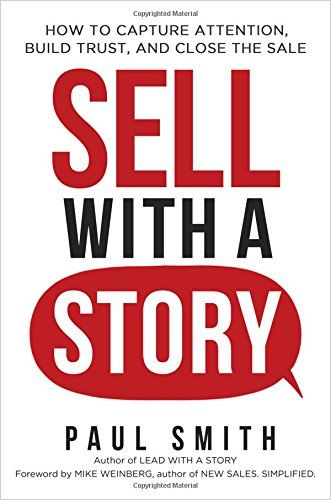
Stories sell. And the people who can tell a good sales story sell more than people who can’t.
Paul Smith
4. Tell The Story of Your Company’s Success
In Lead with a Story, Paul Smith shows how leaders use stories to communicate lessons, stakes and values and impart an inspiring vision of the future listeners want to be part of. Author Stephen Denning tells readers how to use stories to “ignite action” in The Leader’s Guide to Storytelling. Leaders should practice telling their own story and their company’s stories so they have more room in the retelling to be spontaneous and interact with their audience. Always keep in mind the centrality of performance to effective storytelling.
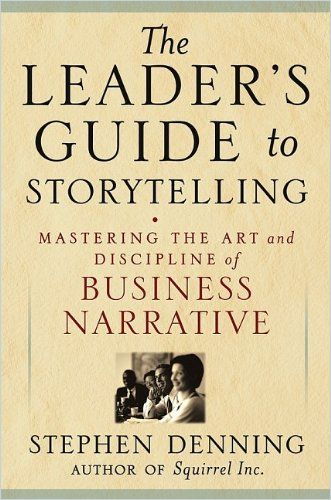
Savvy leaders use storytelling to build teams. People find meaning in being a part of a larger story. Tell tales about purpose and passion-driven teams performing at high levels. In this way, team members come to understand what that kind of teamwork looks and feels like. Encourage them to share their own stories to learn about each other.
You are inviting the audience to dream. You’re not telling them. You’re not directing. You’re not controlling. You’re issuing an invitation to imagine.
Stephen Denning
Use stories to welcome new employees and communicate corporate culture, or to allay worries about the company in the face of rumors. IBM successfully changed its story from a company that sells computers to a company that provides business solutions when leaders became passionate about telling that story.
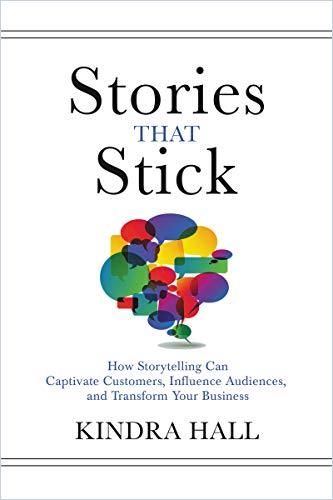
In Stories That Stick, professional storyteller Kindra Hall shows leaders how an authentic, compelling “founder’s story” – one that showcases a founder’s unique strengths and values as reflected in their company – has the power to attract not only customers but also investors and top talent.
Every business has a founder story. Behind every business, there is a story of the ‘who’ and the ‘how’ it all began.
Kindra Hall
Read more about how leaders use stories:
Find out how professional trainers keep their corporate audiences engaged in Michael Wiederstein’s interview with StoryTraining author Hadiya Nuriddin.
5. Spice Up Your Data with Some Stories
Stories add cohesion to data that might otherwise make viewers’ eyes glaze over with boredom. Author Cole Nussbaumer Knaflic offers ideas for wrapping data up in stories for visual presentation in Storytelling with Data.
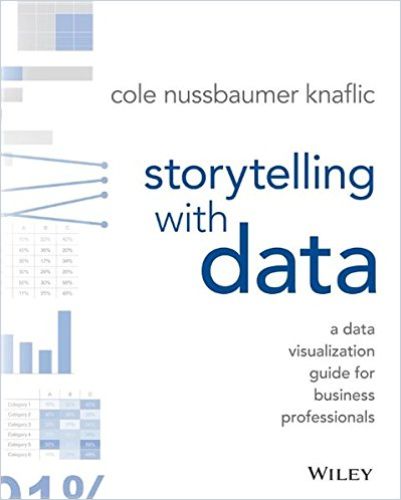
Recognize that different data tell different stories. Tables are harder to instantly grasp than graphs, and they distract from the speaker. Keep the data presentation visually simple, so viewers can focus where you want them to focus. Package your presentation in a story structure ending with a call to action.
Being able to tell stories with data is a skill that’s becoming ever more important in our world of increasing data and desire for data-driven decision-making.
Cole Nussbaumer Knaflic
Author Aswath Damodaran writes in Narrative and Numbers that investors really can’t evaluate company values without understanding both a company’s financial numbers and its story. Both story and numbers should support a cohesive narrative. Spin a compelling yarn, but use numbers to fill in the details. Scammers use exciting stories of extraordinary profits to lure in investors. Theranos, a health care tech start-up, had a great story about a 19-year-old whiz kid founder set to disrupt the blood-testing industry. That tantalizing story drove the company to a $9 billion valuation before the facts – and numbers – reversed its fortunes.
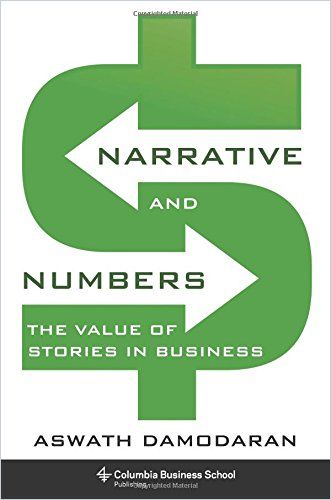
As numbers come to dominate so many business discussions, people are trusting them less, not more, and falling back on stories.
Aswath Damodaran
Stories have the power to drive economic behavior writes economist Robert J. Shiller in Narrative Economics. A story repeated over time builds credibility. Shiller describes how Ayn Rand’s tales of how a few productive mavericks are hampered by big government drove Reaganomic policies of supply-side economics and deregulation in the 1980s.
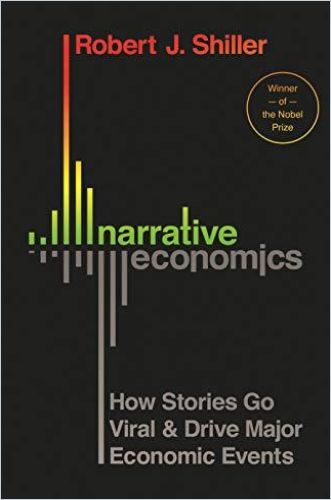
Learn more about Shiller’s views in this Journal interview with him:
An economic narrative is a contagious story that has the potential to change how people make economic decisions, such as the decision to hire a worker or to wait for better times.
Robert J. Shiller
6. Change Your Life
If stories are powerful enough to fuel economic behaviors it should come as no surprise that individuals can consciously enlist personal storytelling to change their own lives. In Redirect, author Timothy D. Wilson presents evidence for the success of writing interventions to help people recover from trauma, drug abuse and other adverse situations, to ultimately change their lives by writing and re-writing their personal narrative. This is because everybody’s personal narrative affects the way they interpret the world around them. Often, people invest in an unproductive view of things yet feel helpless to make a change.
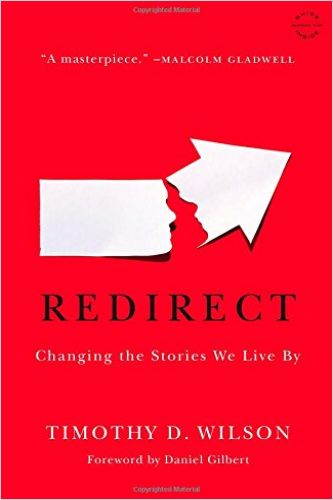
With redirecting techniques such as waiting an interval of time before writing about a traumatic event so the mind has time to begin the natural healing process, or “story prompting” where participants hear stories about different potential outcomes to their problems, people can edit their personal narratives to find a greater sense of well-being.
With relatively simple story-editing interventions, people can be redirected out of the vicious cycle of anxiety and rumination with remarkable long-term benefits.
Timothy D. Wilson
In The Write to Happiness, Samantha Shad incorporates Wilson’s findings into her own therapeutic writing techniques. Shad approaches writing as a screenwriter, and her first lessons focus on picking an “arena” for your story and following conventional story-telling structure that includes a main character with a goal, obstacles and a villain, and a theme. Keep your story simple; the act of writing will help you illuminate the subjects you most need to tease out and deal with. You’ll find that you arrange story events in ways that reframe them and enable you to create greater meaning from them.
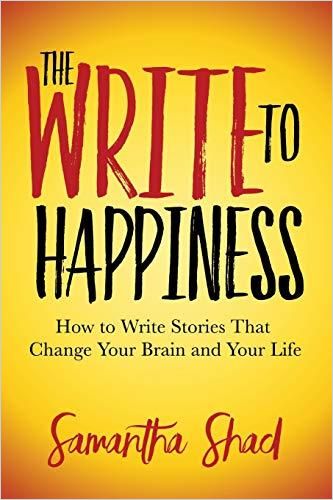
Writing and editing your stories is “applied neuroplasticity,” a way of literally changing your brain. When you “write for happiness,” you come up with alternative narratives to the embedded patterns in your life.
Your protagonist will be someone who is broken in exactly the place where your story will challenge him or her.
Samantha Shad
Explore the craft and science of storytelling further:
